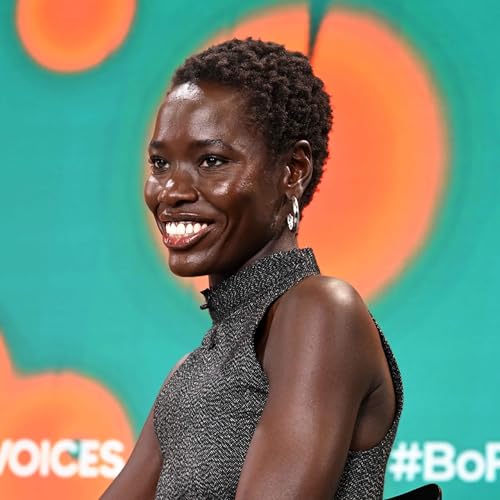Francesco Carrozzini grew up inside the rarefied world of Vogue Italia — not just observing it, but living it. As the son of Franca Sozzani, the magazine’s legendary editor-in-chief, fashion wasn’t just part of his surroundings, it was a language he was exposed to everyday.
He became a photographer and filmmaker, but it was only later that he turned the camera towards the most personal and complicated subject in his life: his relationship with his mother. The documentary Franca: Chaos and Creation premiered in Venice just before her passing in 2016 following a battle with lung cancer.
“When I asked her to take a look at the first cut of the film, she said, ‘This is the most mediocre thing I've ever seen. Do yourself a favor and find a point of view.’ That opened my eyes on the importance of always trying to find a point of view,” Carrozzini recalls. “In a regular relationship between mother and son, that might have been excruciating. In ours, it wasn't, because we treated each other like friends.”
Since Franca’s passing, Carrozzini has been working to transform memory into meaning. He co-founded the Franca Fund for Preventive Genomics — an initiative advancing genomic screening to prevent the disease that took his mother’s life.
BoF founder and CEO Imran Amed met Carrozzini in Doha, Qatar, where last weekend he hosted the fund’s first-ever gala and they spoke about what it means to honour someone not by preserving their legacy, but by evolving it.
Key Insights:
- Growing up inside Vogue Italia shaped Carrozzini's eye and his expectations of 'normal'. He recalls going to the offices, and making his own magazines. "This was a time before computers so they were cutting up pictures and there was spray glue. [...] That's how magazines were made. I would go and do the same,” he says. "That was my special big extended family, because my mother's job was her life."
- Beyond the film itself, Carrozzini shared that it was the end-of-life collaboration that mattered the most. “The actual big stories were those last months of our relationship, finishing the film and then screening it in Venice,” he says. “All of a sudden the lights turn on and everyone's crying because some people know, some people don't, but we look at each other and we're like, ‘This is sort of like our last big moment together.’”
- Carrozzini clearly distinguishes tribute from true legacy. “Memory and legacy often get confused. Just remembering someone feels like you're carrying their legacy, but it's not. I really wanted something meaningful, as an act of love, taking something personal and making it collective.” That impulse led Carrozzini to genomics research with Harvard geneticist Dr Robert Green, backing pioneering newborn-genome studies and accelerating grants.
Additional Resources:
- Fashion Trust Arabia Names Prize Winners in Qatar | BoF
- Franca Sozzani, 1950 - 2016 | BoF
Hosted on Acast. See acast.com/privacy for more information.
 26 m
26 m Dec 17 202528 m
Dec 17 202528 m Dec 12 202517 m
Dec 12 202517 m Dec 10 202517 m
Dec 10 202517 m 1 h y 6 m
1 h y 6 m Dec 3 202531 m
Dec 3 202531 m Nov 28 202537 m
Nov 28 202537 m Nov 26 202528 m
Nov 26 202528 m
